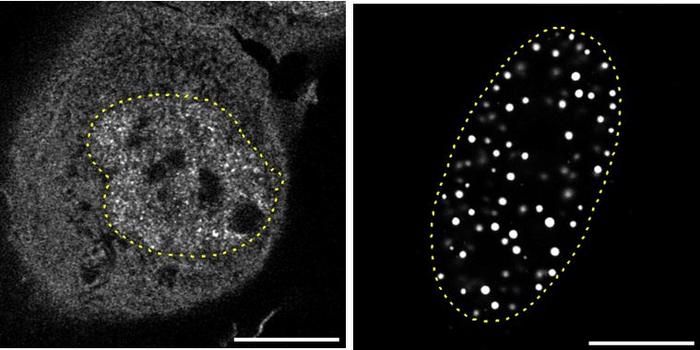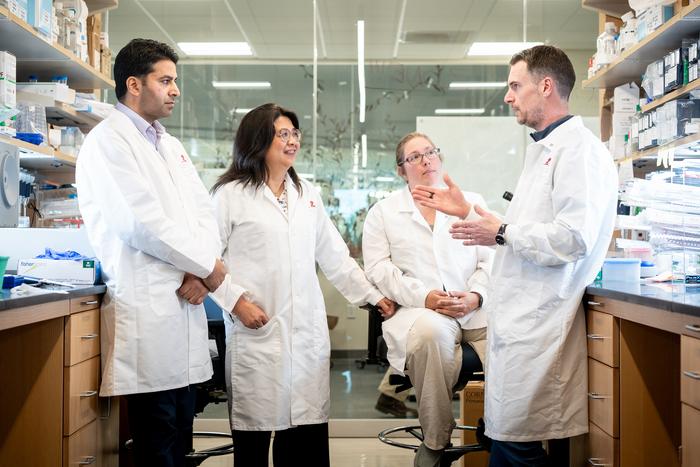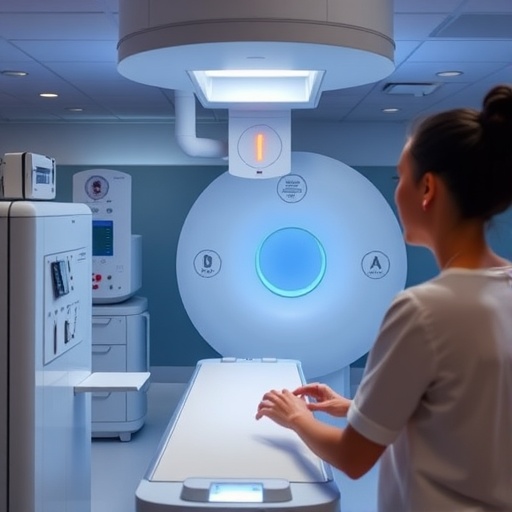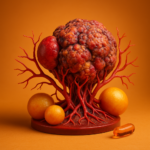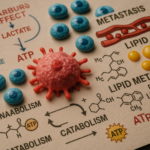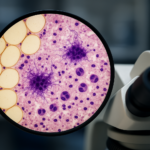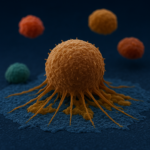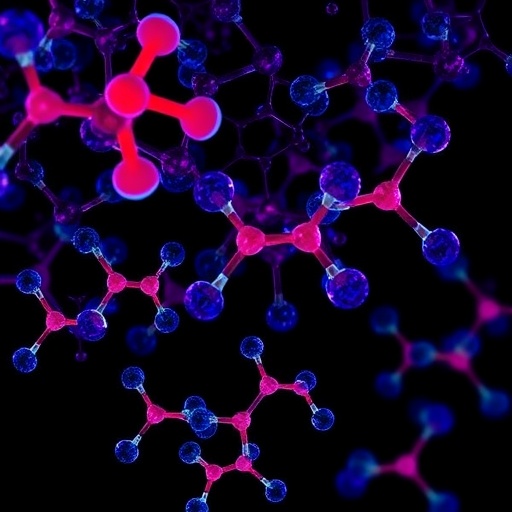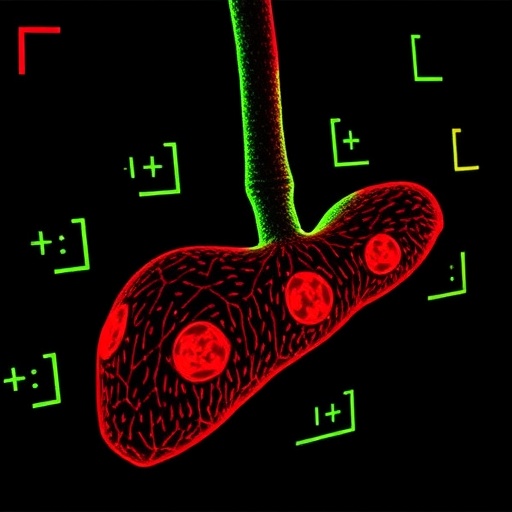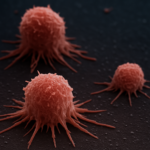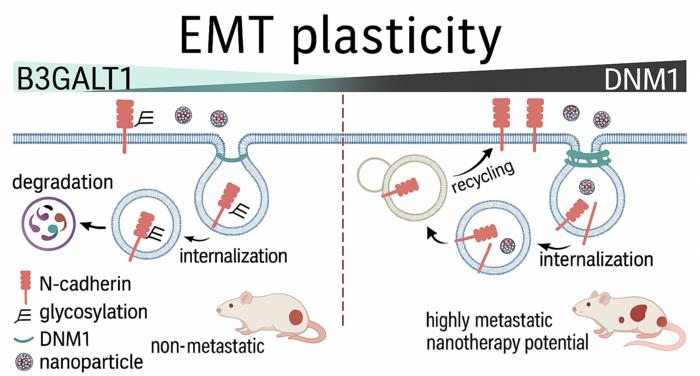Now Reading: Akıllı emzirme pedleri süt güvenliğini gerçek zamanlı izliyor
-
01
Akıllı emzirme pedleri süt güvenliğini gerçek zamanlı izliyor
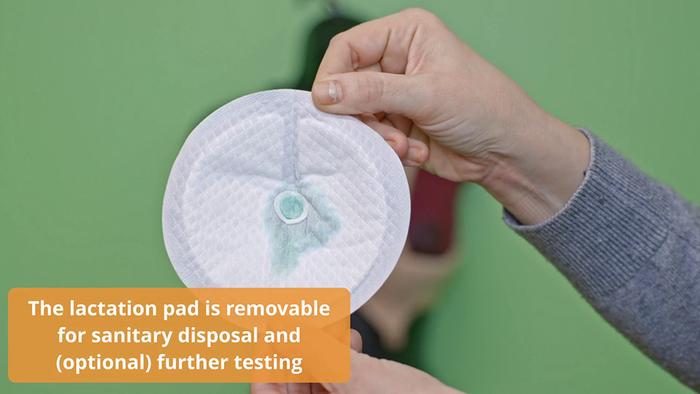
Akıllı emzirme pedleri süt güvenliğini gerçek zamanlı izliyor
Scientists at the University of Southern California (USC) have pioneered a groundbreaking advancement in maternal and infant health by developing a smart lactation pad equipped with real-time biochemical sensing technology. This innovative device is designed to allow breastfeeding parents to monitor the levels of acetaminophen, a common painkiller, in their breast milk continuously and effortlessly throughout the day. Published in the journal Device on May 7, 2025, this technology represents a significant step forward in ensuring the safe transfer of medications through breast milk, providing actionable insights to support informed decision-making by lactating individuals.
The inception of this technology was inspired by a personal experience within the research group, where a graduate student, newly postpartum, was prescribed acetaminophen to manage pain. Recognizing the crucial need for real-time monitoring of drug transfer through breast milk, the USC team embarked on designing a wearable lactation pad integrated with sensors capable of chemical analysis. Unlike conventional approaches that rely on delayed laboratory testing of breast milk samples, the smart pad offers immediacy and accuracy by continuously measuring the concentration of acetaminophen as milk naturally leaks throughout the day.
Technically, the smart lactation pad integrates microelectrodes and microfluidic channels within a typical lactation pad used by nursing parents to absorb leaking milk. These embedded components chemically analyze collected milk samples on the spot, transmitting data regarding acetaminophen concentrations. Notably, this solution functions passively, meaning parents do not have to alter their breastfeeding routines or engage in additional sample collection efforts. The disposable nature of the pads ensures hygienic usage, with sensors embedded in each new pad designed for single-use analysis, simplifying the maintenance of sanitary conditions.
Acetaminophen is widely prescribed postpartum for pain relief and is generally considered safe at recommended doses. However, its overexposure is a major health concern due to its potential to cause acute liver failure in children and remains a leading cause of liver transplants related to drug toxicity. The continuous monitoring offered by the smart lactation pad provides a vital safeguard, detecting any elevated levels of the drug transferred through breast milk, thereby helping to prevent inadvertent infant exposure to toxic concentrations.
The real-time data generated by the smart lactation pad empowers parents with personalized information to make better-informed decisions regarding breastfeeding practices after taking medications. For example, this technology can optimize the well-known “pump and dump” approach, in which parents discard breast milk containing high drug levels to reduce infant exposure, thereby protecting infant health while maintaining breastfeeding benefits. Given the nuanced nature of drug metabolism and transfer rates, this device fills a critical gap left by otherwise delayed or generalized safety charts.
Beyond acetaminophen monitoring, the USC research group envisions expanding the functionality of their smart lactation pad platform to detect a broader spectrum of drugs and biomarkers within breast milk. Antibiotics and antifungals, often prescribed postpartum, typically have less severe risk profiles but still warrant monitoring to preempt potential infant complications. The team has already demonstrated a variant of the lactation pad sensor capable of continuously measuring glucose in breast milk, which holds promise for supporting maternal nutrition management and screening for gestational diabetes through non-invasive means.
Currently, the device tracks acetaminophen levels exclusively from naturally leaked breast milk, which may limit applicability in lactating individuals who produce minimal leakage. To address this limitation, the researchers are actively developing versions compatible with pumped breast milk samples, aiming for a more flexible and user-friendly interface that caters to diverse breastfeeding habits and preferences. This forthcoming iteration may significantly enhance accessibility and convenience, rendering the technology practical for broader populations across varied lifestyles.
The development of this smart lactation pad arises at an opportune moment when wearable health technology is rapidly evolving and becoming more integrated into everyday life. By uniting biomedical engineering expertise, sensor technology, and maternal-infant health needs, the USC team offers a device that surpasses existing tools that typically require mailed-in samples and extended processing times. Rapid, on-site biochemical analysis marks a transformative leap in personalized healthcare, shifting control and data transparency to the user while maintaining clinical rigor.
Such innovation also opens new avenues for research into pharmacokinetics during lactation, a field historically hindered by difficulties in acquiring timely and frequent measurements. Continuous monitoring via wearable sensors can generate extensive datasets elucidating how medications metabolize and transit into breast milk in real-world scenarios. This could revolutionize drug safety recommendations, pediatric risk assessments, and optimize postpartum medication regimens by grounding them in robust, patient-specific empirical evidence.
While this technology currently focuses on acetaminophen, its modular design offers broad adaptability for future applications. The potential to integrate multi-analyte sensing within a single lactation pad could facilitate comprehensive health monitoring, from nutritional biomarkers to infectious disease markers, creating a versatile platform for maternal and infant welfare. In the context of rising attention to personalized medicine and preventative care, such devices embody a future where wearable technology plays a central role in multifaceted health surveillance.
Importantly, the smart lactation pad also addresses an emotional and psychological dimension of postpartum care. Breastfeeding parents often face difficult decisions balancing effective pain management with infant safety, frequently relying on imperfect data or delayed test results. Providing immediate, personalized feedback mitigates anxiety, giving parents confidence and control over their health choices. This enhanced empowerment aligns with broader societal movements emphasizing patient engagement and real-time health monitoring technologies.
In conclusion, this innovative wearable lactation pad developed by USC researchers integrates real-time chemical sensing into an everyday nursing accessory, enabling continuous monitoring of acetaminophen transfer through breast milk. It represents a crucial advancement toward safer breastfeeding during maternal medication use by facilitating informed, data-driven decisions. As this technology evolves and expands to include other drugs and biomarkers, it holds the promise of transforming postpartum care and infant health monitoring, making personalized, real-time biochemical assessment accessible and seamlessly integrated into daily life.
—
Subject of Research: People
Article Title: Safer breastfeeding with a wearable sensor for maternal acetaminophen transfer through breast milk
Haberin Yayın Tarihi: 7-May-2025
Web References: http://www.cell.com/device/home
Doi Referans: 10.1016/j.device.2025.100774
Resim Credits: Mousavi et al., Device
Anahtar Kelimeler: acetaminophen in breast milk, breastfeeding safety, innovations, device for monitoring breast milk quality, infant safety technologies, lactation pad with sensing technology, newborn health monitoring devices, postpartum pain management, real-time breast milk monitoring, safety of breast milk, smart health devices for parents, smart lactation pads technology, USC research on lactation












